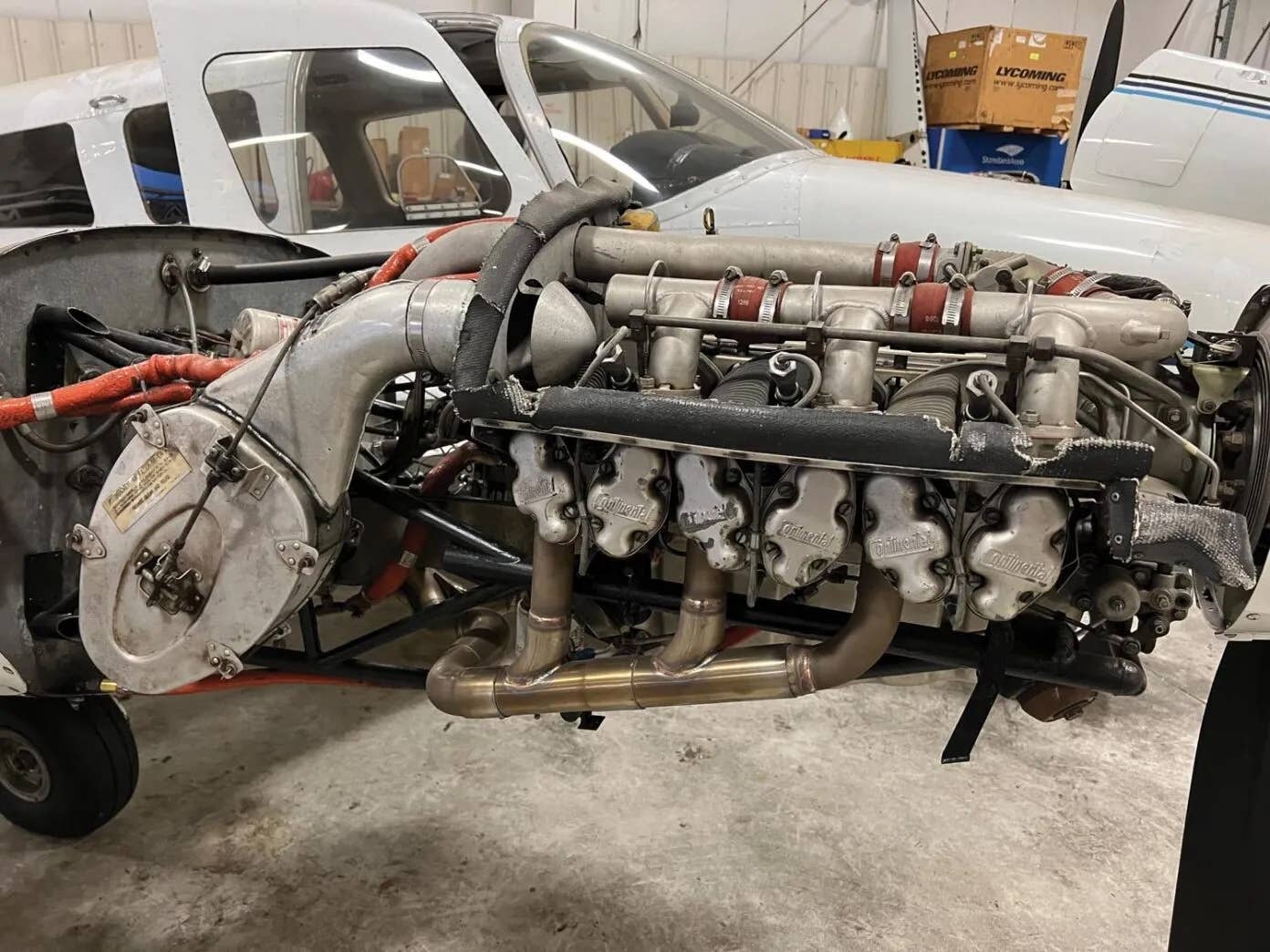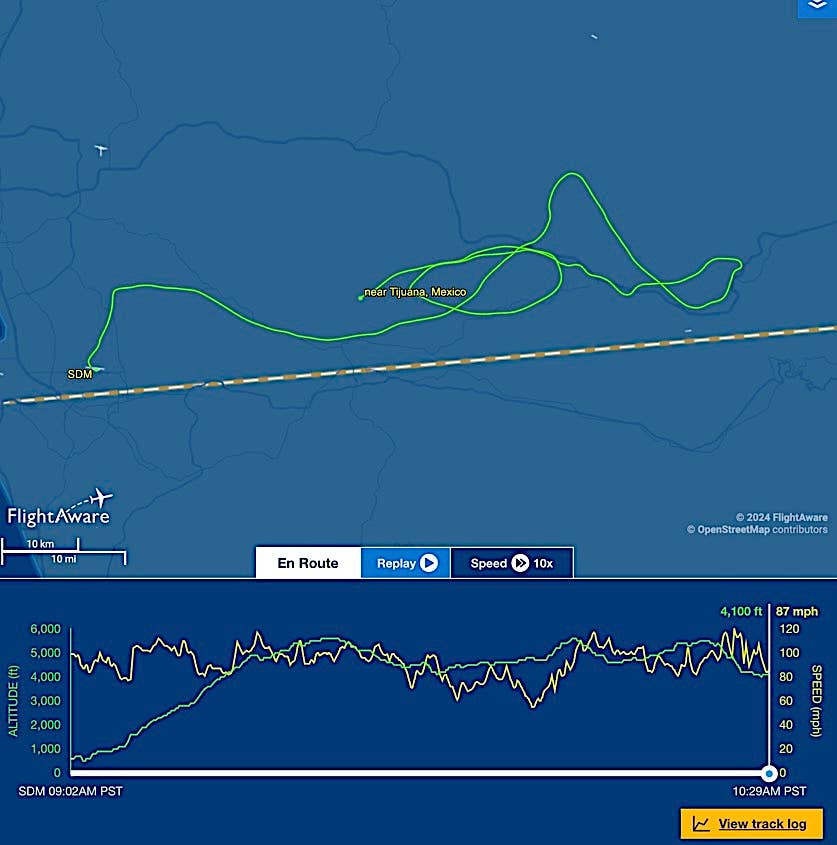Real-World Nordo
The good news is that today’s avionics make lost communications increasingly rare. Yet, it does happen. Two real-world success stories provide guidance for dealing with the problem.
With all the literal and figurative bells and whistles in todays cockpits, something as mundane as losing communications with ATC is rare. One reason is the stuff we have in the panel these days is a couple of light years ahead of even two decades ago in reliability. But loss of communications-going no radio, or Nordo- thanks to our installed avionics isnt the only failure mode we might encounter. In fact, your airplane and its equipment may not even be the problem.
Two recent events highlighted by NASAs Aviation Safety Reporting System (ASRS) in its monthly Safety Bulletin cover a wide range of possible communication failures, and include excellent reminders of how to apply the lost-comm requirements found in FAR 91.185 and explained in paragraph 6-4-1 of the Aeronautical Information Manual (AIM).
Scenario one
The pilot of a Cirrus SR22 experienced failure of the airplanes #1 alternator and tried to bring it back online without success.
The aircraft was on an IFR flight plan. After running through the appropriate checklist and shutting down specified equipment, the pilot elected to continue the flight, using the #2, backup alternator. Its not known if the pilot informed ATC of the failure, or of the equipment shutdowns, nor if any such notification was required under FAR 91.187. The flights entire route was VMC.
Soon, the SR22 was cleared direct to its destination and to descend from 9000 to 5000 feet MSL. At approximately 7500 feet, ATC asked us to confirm our altitude, the pilot wrote. They were showing 10,800 feet [and] asked us to shut off the transponder altitude encoding at that time. A few minutes later, the pilot noticed electrical power was down to 24 volts from 28 and that the #2 alternator appeared not to be charging the battery any longer. A few minutes later ATC instructions became unclear and unreadable. We realized what was happening and at that time the battery failed completely. Cockpit indications did not include notification that the #2 alternator had failed. We squawked 7600 and, due to the time of day and anticipated congestion into [the destination], the pilot decided to remain in VMC conditions and divert west to a non- towered airport. The flight safely concluded at that facility, where the pilot landed without electrical power for flaps or other equipment. The pilot then advised ATC by tele- phone of the flights outcome.
Scenario two
The air carrier flight was in a normal descent, cleared to 7000 feet MSL. Upon reaching 7000, its crew asked for lower, but there was no answer. Troubleshooting the radios did not resolve the problem and the flight remained unable to communicate with the Center. The aircraft was 22 miles from its destination and needed further descent to make the approach. It was early in the morning-the destination airports tower hadnt opened yet-and there was weather north of the field the crew didnt want to enter.
We squawked 7600 and complied with lost communication procedures, the reporting crewmember wrote. The flight continued to the initial approach fix, descended, switched to the destinations CTAF frequency and made normal radio calls. Approximately two miles out on the ILS, a controller in the tower responded to the flights position reports, even though they werent technically open.
The tower controller reported Centers radio was inoperative and asked if the 7600 squawk approaching the field was the crews flight. The flight continued the approach and landed uneventfully. I asked if there were any problems with what we did and tower said that center told him that we did exactly what they expected, the crewmember told ASRS.
Analysis
The AIM is careful to note the basic lost-comm regulation cant consider and provide an answer for all situations. But it does provide clear guidance in most of them. If thats not enough, your emergency authority as pilot in command, granted under FAR 91.3, and some imagination-tempered with a realistic understanding of what ATC can and cannot do-will come in handy.
Just dont expect anyone to welcome you with open arms when you shoot the ILS Runway 10L into OHare on a Friday evening. Thankfully, the pilots in neither of the examples above needed to go beyond the lost-comm FAR when dealing with their situations.
The Cirrus pilot, since he was in VMC, did exactly what the regulation states: If the failure occurs in VFR conditions, or if VFR conditions are encountered after the failure, each pilot shall continue the flight under VFR and land as soon as practicable. But what the heck does practicable mean, and must we land at the first available airport? In this instance, read practicable as capable of being put into practice. In other words, you shouldnt try to divert to an airport with an unsuitable runway, one beyond your range, to the primary airport inside Class B airspace or to one in IMC. The Cirrus pilot chose one based on the aircraft he was flying, which was enjoying VMC and which lacked a tower; helpful, since he was dealing with a complete electrical failure.
The air carrier crews actions are the more interesting, however, mainly because they implemented FAR 91.185s more complicated provisions quickly and without hesitation. The crews decisive, deliberate actions (if the ASRS submitters report is taken at face value) likely were a product of their training plus the benefit of having two sets of eyes, hands and brains. For those of us flying single-pilot IFR, it should be as simple, also.
For example, the crew correctly determined a comm failure in the first place, after their request for a lower altitude went unanswered (whether other aircraft on the frequency noted the same problem is unknown-apparently, it was early in the morning, when traffic counts are low). Its likely they had been cleared direct to their destination. Needing an approach to get in, they set up for and executed the destinations ILS approach, using the CTAF to broadcast their position and intentions. Ideally, the rest of us, flying single-pilot, would be as decisive, deliberate and correct.
Someones Watching
Theres one action both the Cirrus pilot and the air carrier crew performed: They both squawked 7600, the code reserved to signal lost communications. In the Cirrus pilots case, doing so was of limited value, since his problems stemmed from a general electrical failure. Still, he did the right thing, at the right time, even if no one saw it.
One of the things about lost-comm procedures that may unnerve instrument pilots with relatively little experience is how to decide whether theyre doing the right thing, at the right time and along the right route. The good news is they probably are. In any event, its ATCs job to ensure no traffic conflicts with your Nordo flight. It says so, right in the AIM: ATC service will be provided on the basis that the pilot is operating in accordance with FAR 91.185.
In the Cirrus pilots case, even without an operating transponder, its likely ATC was able to track the aircraft using its primary radar return in lieu of the secondary target lost when the electrical system failed. In the air carriers case, radar services apparently were provided throughout the event, even in the still-technically closed control tower.
The point is pilots coping with a lost-comm situation shouldnt worry too much about whether ATC knows whats going on, where you are and where youre going. Whether or not your transponder is working, theres always primary radar. But you still have to follow the procedure.
All Together
At the end of the day, theres really not that much to implementing lost-comm procedures. Unless the weather is down the tubes and youve been told to expect a hold, or if youre already in a hold, its not that complicated: Youre probably going to find some decent VFR weather allowing a diversion and relatively simple arrival. If youre not holding, continue motoring on to your destination. If you are, youve got an EFC. Use it, with the understanding ATC will get traffic out of your way.
Run the checklists when you have time, maybe give your cellphone a try-if you have a satphone, use it- and remember to stay at the highest of the cleared, expected or MEA. Dont forget to share the outcome with us via the ASRS system.
This article originally appeared in the October 2013 issue of Aviation Safety magazine.






